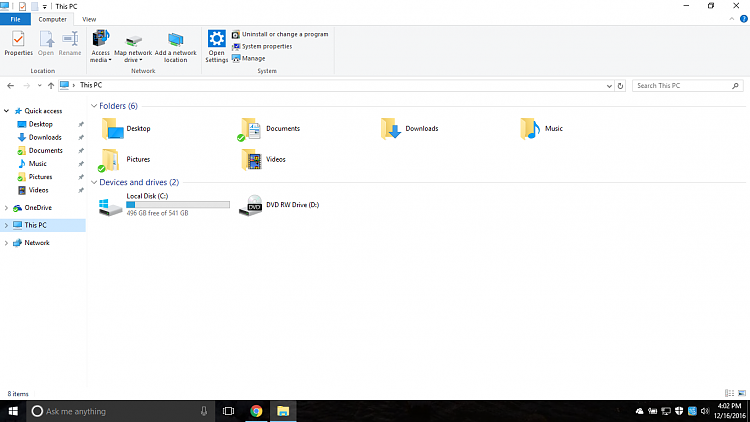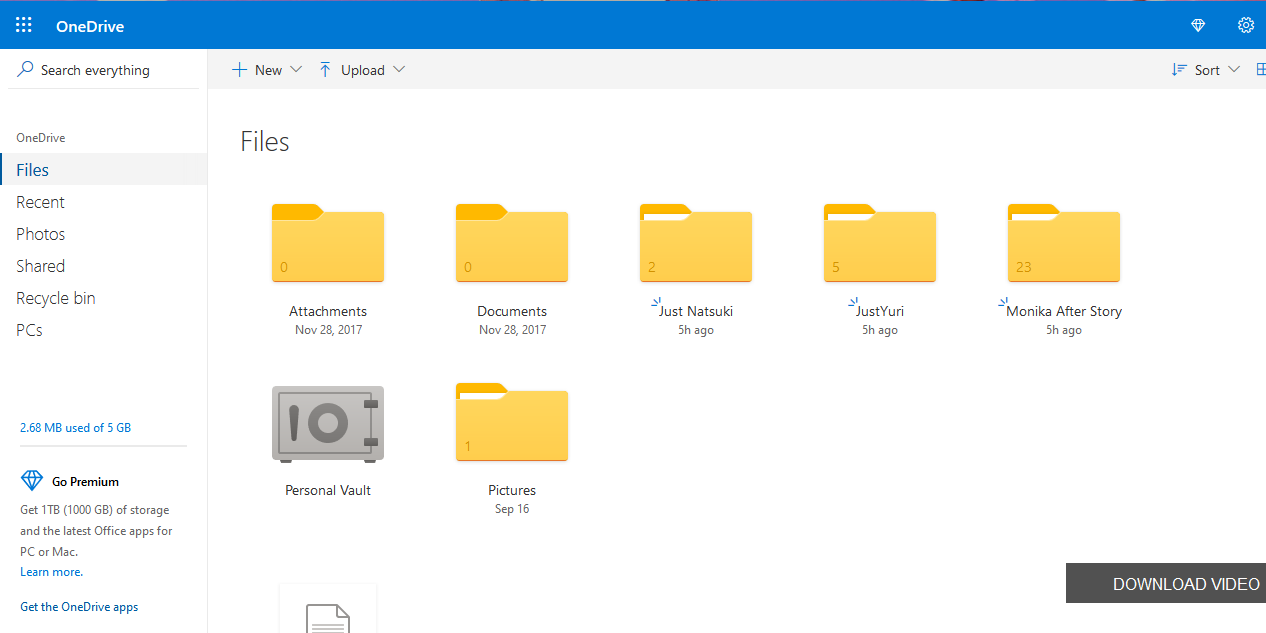

- WINDOWS SYNC FOLDERS HOW TO
- WINDOWS SYNC FOLDERS UPDATE
- WINDOWS SYNC FOLDERS ARCHIVE
- WINDOWS SYNC FOLDERS DOWNLOAD
- WINDOWS SYNC FOLDERS FREE

Step 1: Click the Choose folders button within OneDrive’s Settings. The folder and file I added to my OneDrive account from the previous section is shown as Work projects and Files not in a folder.

Step 3: Click the files and folders you want synced to OneDrive. Step 2: Click the Account tab and then select the Choose folders button. Click the Help & settings icon and then choose the Settings field. Step 1: Click Microsoft OneDrive in the taskbar. Now that we’ve added some files and folders to the OneDrive account, you can use the service’s settings to make sure everything is synchronized properly.

WINDOWS SYNC FOLDERS HOW TO
The Windows 11 taskbar is getting an important new updateĬhatGPT: how to use the viral AI chatbot that everyone’s talking about Fitbit Versa 3Īdobe Firefly brings text-to-image AI to the masses, with artist ethics in mind Isn’t that exciting? Let me know your thoughts on FreeFileSync in the comments down below. Wrapping UpĪnother open source file synchronization tool is Syncthing that you might want to look at.įreeFileSync is a pretty underrated folder comparison and sync tool available for Linux users who utilize Google Drive, SFTP, or FTP connections along with separate storage locations for backup.Īnd, all of that - with cross-platform support for Windows, macOS, and Linux available for free. So, if you make any changes on the source/target folder, the modification will be synchronized.įor more advanced usage, I suggest you to refer the documentation available. There’s also a “Two-way” sync method which detects changes on both source and target folder (instead of monitoring just the source folder). So, here, if you delete something from your source, it gets deleted from your target folder as well. In case you want the target folder to have the same file copies of your same folder, you can choose the “Mirror” synchronization method. So, even if you delete something from your source folder, it won’t get deleted on your target folder. When you select “Update” method for sync, it simply copies your new data from the source folder to the target folder. Once you do that, you need to tweak the type of folder comparison you want to do (usually the file time & size) for the synchronization process and on the right-side, you get to tweak the type of sync that you want to perform. You can choose a local folder or a cloud storage location. The official documentation should be more than enough to get what you want using the software.īut, just to give you a head start, here are a few things that you should keep in mind.Īs you can see in the screenshot above, you just have to select a source folder and the target folder to sync. While I haven’t tried successfully creating an automatic sync job, it is pretty easy to use.
WINDOWS SYNC FOLDERS ARCHIVE
Next, you just need to extract the archive and run the executable file to get started (as shown in the image above)ĭownload FreeFileSync How To Get Started With FreeFileSync
WINDOWS SYNC FOLDERS DOWNLOAD
If you like you can download the source as well. You can simply head on to its official download page and grab the tar.gz file for Linux. So, that is definitely not bad! Installing FreeFileSync on Linux The premium features are mostly for advanced users and of course, if you want to support them (please do if you find it useful).Īlso, do note that the donation edition can be used by a single user on up to 3 devices. So, most of the essential features is available for free.
WINDOWS SYNC FOLDERS FREE
Here’s what different between the free and paid version: However, it does give you the option to opt for a donation key which unlocks some special features like the ability to notify you via email when the sync completes and so on.
WINDOWS SYNC FOLDERS UPDATE
You also get numerous synchronization options to mirror or update your data. For instance, you can compare the file content / file time or simply compare the file size of both source and target folder. So, if you take a look at the features it offers, it’s not just any ordinary sync tool but offers so much more for free.Īlso, to give you an idea, you can also tweak how to compare the files before syncing them. Get notified via email when sync completes (paid).Version control available for advanced users.Two-way synchronization supported (changes will be synced if there’s any modification on the target folder or the source folder).Multiple synchronization options available (Update files to the target from source or Mirror the files between target and source).Offers the ability to sync your files on a different storage path (or an external storage device).Supports Google Drive, SFTP, and FTP connections.Cross-platform support (Windows, macOS & Linux).I’ll highlight all the features I can here: Even though the UI of FreeFileSync might look old school - it offers a ton of useful features for average users and advanced users as well.


 0 kommentar(er)
0 kommentar(er)
